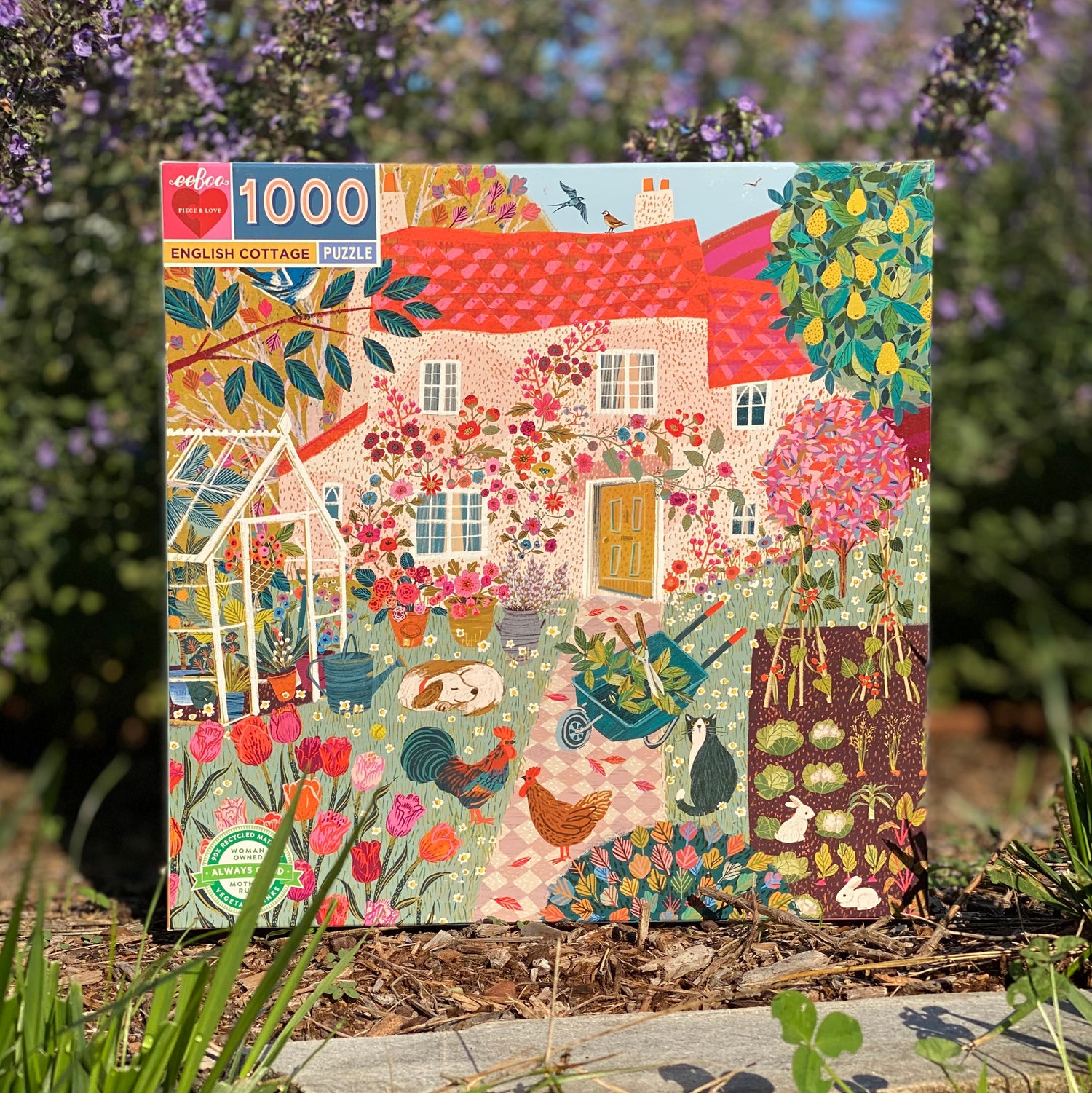The history of jigsaw puzzles dates back to the 18th century, and it has evolved through various stages to become the popular pastime and educational tool it is today.
- Early Origins: The earliest precursor to jigsaw puzzles can be traced back to the 1760s in England, where maps were mounted on wood and then cut into small pieces. These "dissected maps" were used as educational tools to teach geography to children of wealthy families.
- Transition to Cardboard: In the late 19th century, advancements in printing technology made it possible to produce puzzles on cardboard instead of wood. This innovation made puzzles more affordable and accessible to a wider audience.
- Rise in Popularity: Jigsaw puzzles gained widespread popularity in the late 19th and early 20th centuries, becoming a favorite pastime for people of all ages. Puzzle manufacturers produced puzzles with various themes, including landscapes, famous artworks, and scenes from literature and history.
- Educational Tool: In addition to being a form of entertainment, jigsaw puzzles were also recognized for their educational value. Teachers began using puzzles to teach subjects like geography, history, and biology in schools.
- Depression Era: During the Great Depression of the 1930s, jigsaw puzzles experienced a surge in popularity as an affordable form of entertainment. Puzzle manufacturers produced puzzles with larger piece counts to appeal to families looking for inexpensive ways to pass the time.
- Post-World War II Era: After World War II, jigsaw puzzles continued to be a popular form of entertainment, with puzzle themes reflecting cultural trends and interests of the time. Manufacturers introduced innovations such as interlocking pieces and irregularly shaped whimsy pieces to enhance the puzzle-solving experience.
- Technological Advances: In the late 20th century, technological advancements, such as computer-aided design and digital printing, revolutionized the puzzle industry. Manufacturers began producing puzzles with more intricate designs, higher-quality images, and custom-cut pieces.
- Continued Popularity: In the 21st century, jigsaw puzzles remain a beloved pastime for people of all ages. They continue to evolve with advancements in printing technology and design, offering a wide range of themes, sizes, and piece counts to suit every taste and skill level.
Overall, the history of jigsaw puzzles reflects their enduring appeal as a form of entertainment, education, and artistic expression throughout the centuries.


















